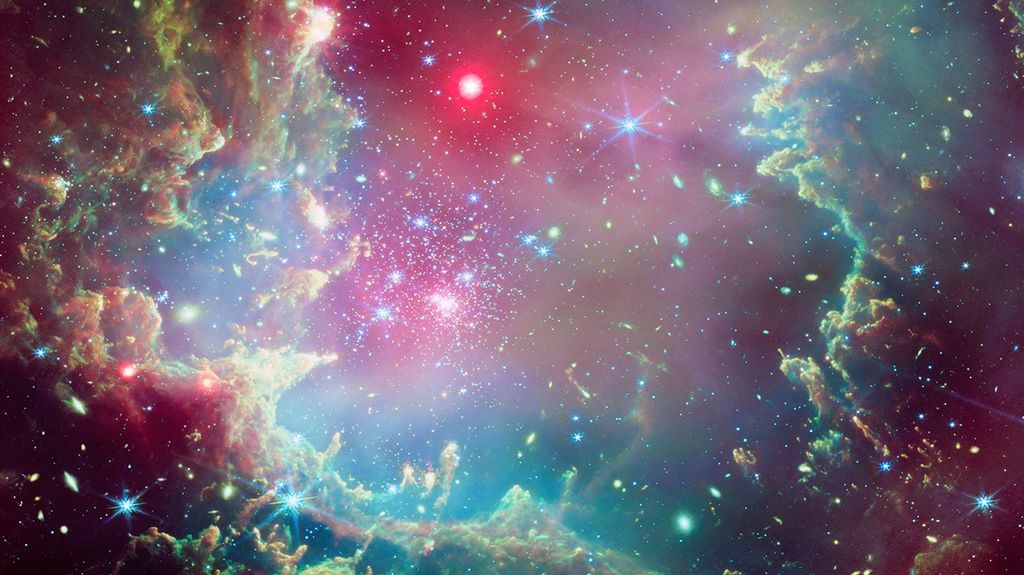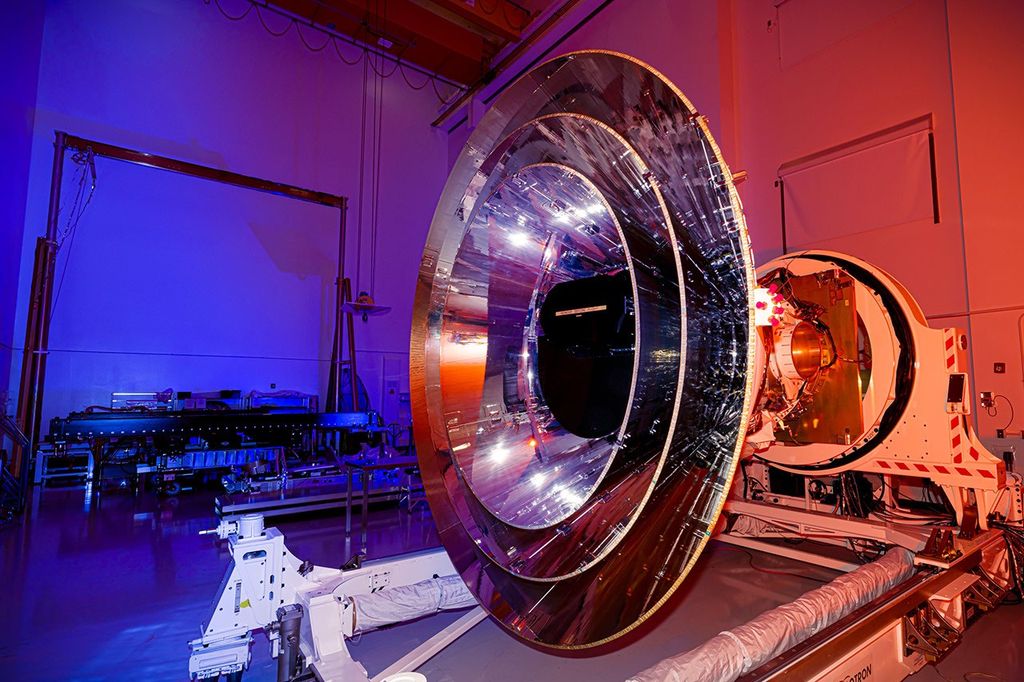This week in 1985, space shuttle Challenger and STS-51F launched from NASA’s Kennedy Space Center. STS-51F carried the Spacelab 2 module — a payload that contained scientific instruments dedicated to life sciences, plasma physics, astronomy, high-energy astrophysics, solar physics, atmospheric physics and technology research. Here, the Solar Optical Universal Polarimeter experiment is visible among the cluster of Spacelab 2 hardware in the orbiter’s cargo bay. Today, the Payload Operations Integration Center at Marshall serves as “science central” for the International Space Station, working 24/7, 365 days a year in support of the orbiting laboratory’s scientific experiments.
The NASA History Program is responsible for generating, disseminating, and preserving NASA’s remarkable history and providing a comprehensive understanding of the institutional, cultural, social, political, economic, technological, and scientific aspects of NASA’s activities in aeronautics and space. For more pictures like this one and to connect to NASA’s history, visit the Marshall History Program’s webpage.
Image Credit: (NASA)




























